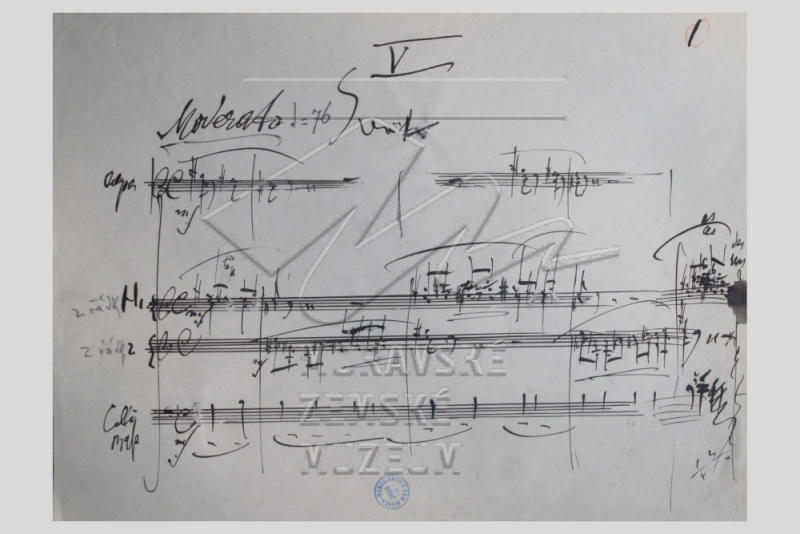Leoš Janáček and his Glagolitic Mass

Janáček´s decision to compose a mass with Old Slavonic text was influenced by several circumstances some of which date back to the childhood and youth of the composer.
When Janáček entered as a little boy, with the support of a foundation, the Augustinian monastery in Old Brno in 1865 he found himself directly in the middle of the Cyrillo-Methodian movement that was of course imbued with national revival efforts. Even the prelate Cyril Napp was a committee member of the Velehrad foundation (Matice velehradská) and he took an active part in Velehrad festivities in 1863. Besides Napp, Pavel Křížkovský dealt also intensely with the Cyrillo-Methodian issue. The young Janáček was strongly influenced by this atmosphere. His last year in the foundation, 1869, was of a crucial importance for his relation to the Cyrillo-Methodian movement. Actually, festivities commemorating the millennium of the death of one of the „Slavonic apostles“ – St. Cyril took place that year. At the beginning of 1869 Janáček and other members of the foundation took part in the celebrations at the Dominicans and in the St. Peter´s cathedral in Brno. Subsequently it was decided that Pavel Křížkovský and the members of Old Brno foundation would be charged with music for the festivities in Velehrad. Janáček dwelled then with the others in Velehrad from July 3 to July 12, 1869.
Janáček started working on the Glagolitic Mass using the Old Slavonic text as soon as in 1920 but then he interrupted his work for several years. He returned to this piece of music in summer 1926 and completed the whole work. The monumental religious composition called Glagolitic Mass was first performed on December 5, 1927 in Brno Stadion hall. Janáček dedicated it to the instigator of this work, the Olomouc archbishop Leopold Prečan. Today, the Glagolitic Mas is considered one of the masterpieces of religious compositions of the 20th century.